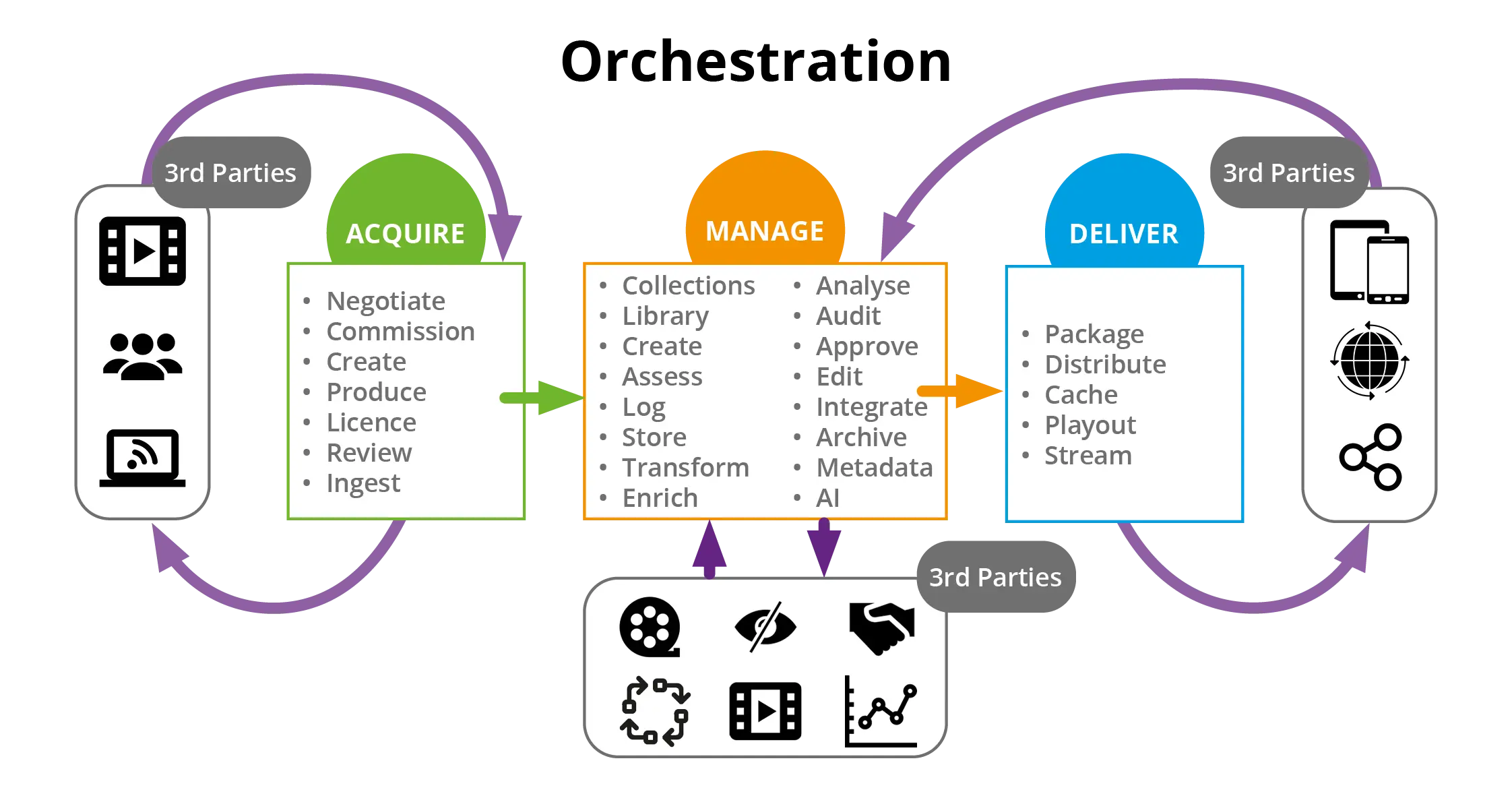
A content supply chain refers to the end-to-end process of creating, managing, distributing, and monetizing content within an organization or across multiple entities involved in content creation and delivery. It encompasses the various stages and workflows involved in producing and delivering content to consumers or end-users. The content supply chain can vary depending on the specific industry, organization, and content types involved.
The key stages of a content supply chain typically include:
1. Content Creation: This stage involves ideation, research, writing, design, and production of content. It includes activities such as writing articles, producing videos, recording podcasts, creating graphics, and other forms of content creation.
2. Content Management: Once content is created, it needs to be organized, stored, and managed effectively. This stage involves activities such as content tagging, metadata management, content versioning, content repository management, and digital asset management (DAM).
3. Content Distribution: After content is managed, it needs to be distributed to various channels and platforms. This stage includes activities like publishing content on websites, distributing content through social media, delivering content through mobile apps, syndicating content to partners, and ensuring content availability on different devices and formats.
4. Content Discovery: Content discovery focuses on making content easily discoverable by the target audience. It involves search engine optimization (SEO), content promotion, content recommendations, content curation, and implementing strategies to drive traffic and engagement.
5. Content Monetization: This stage involves generating revenue from content through various monetization strategies. It includes activities such as advertising, sponsorship, subscription models, content licensing, e-commerce integration, and other methods to generate revenue from the content produced.
6. Content Analytics and Insights: Monitoring and analyzing content performance and user engagement is crucial to refine content strategies and optimize content delivery. This stage includes activities such as tracking content metrics, user behavior analysis, A/B testing, audience segmentation, and deriving insights to inform content decisions.
Effective management of the content supply chain requires collaboration and coordination among different stakeholders, including content creators, editors, publishers, marketers, distributors, and analytics teams. Automation, workflow management tools, content management systems (CMS), and digital platforms are often used to streamline and optimize the content supply chain processes.
By efficiently managing the content supply chain, organizations can ensure consistent, high-quality content delivery, reach the target audience effectively, maximize content monetization opportunities, and gain valuable insights to improve content strategies.




